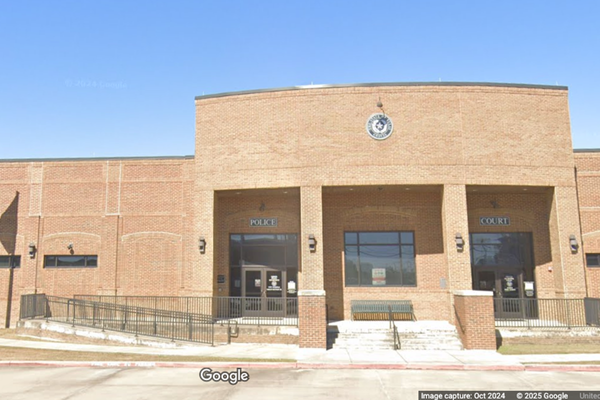Cases of Norovirus have surged in recent weeks, bringing levels to their highest in more than a decade for this time of year.
Laboratory reports of the stomach bug are more than double the five-season average before the coronavirus pandemic, according to the UKHSA. Reporting has increased across all age groups, most notably in those aged 65 and over.
While the majority of outbreaks caused by Norovirus continue to be reported in care home settings, cases in hospitals are also increasing but remain below the five-season average. Norovirus is highly infectious and easily spread through contact with someone with the infection or with contaminated surfaces.
READ MORE: Warning as Norovirus levels reach ‘highest in more than a decade’ for this time of year
Outbreaks reported in care home settings increased from 47 in the week beginning February 6 to 54 in the week beginning February 13 2023 – representing the highest number of outbreaks reported in a week so far this season.
Dr Lesley Larkin, surveillance lead of gastrointestinal infections and food safety at UKHSA, said the increase represents “the highest (levels) we have seen at this time of year” in more than 10 years.
Below are the symptoms of the bug to look out for.
What are the symptoms of Norovirus?
According to the NHS, symptoms of the stomach bug start suddenly, within one to two days of being infected.
They include:
- feeling sick (nausea)
- diarrhoea
- being sick (vomiting)
- a high temperature
- a headache
- aching arms and legs
The NHS advises consuming plenty of fluids to avoid dehydration and getting lots of rest. You should start to feel better in two to three days.
READ NEXT:







